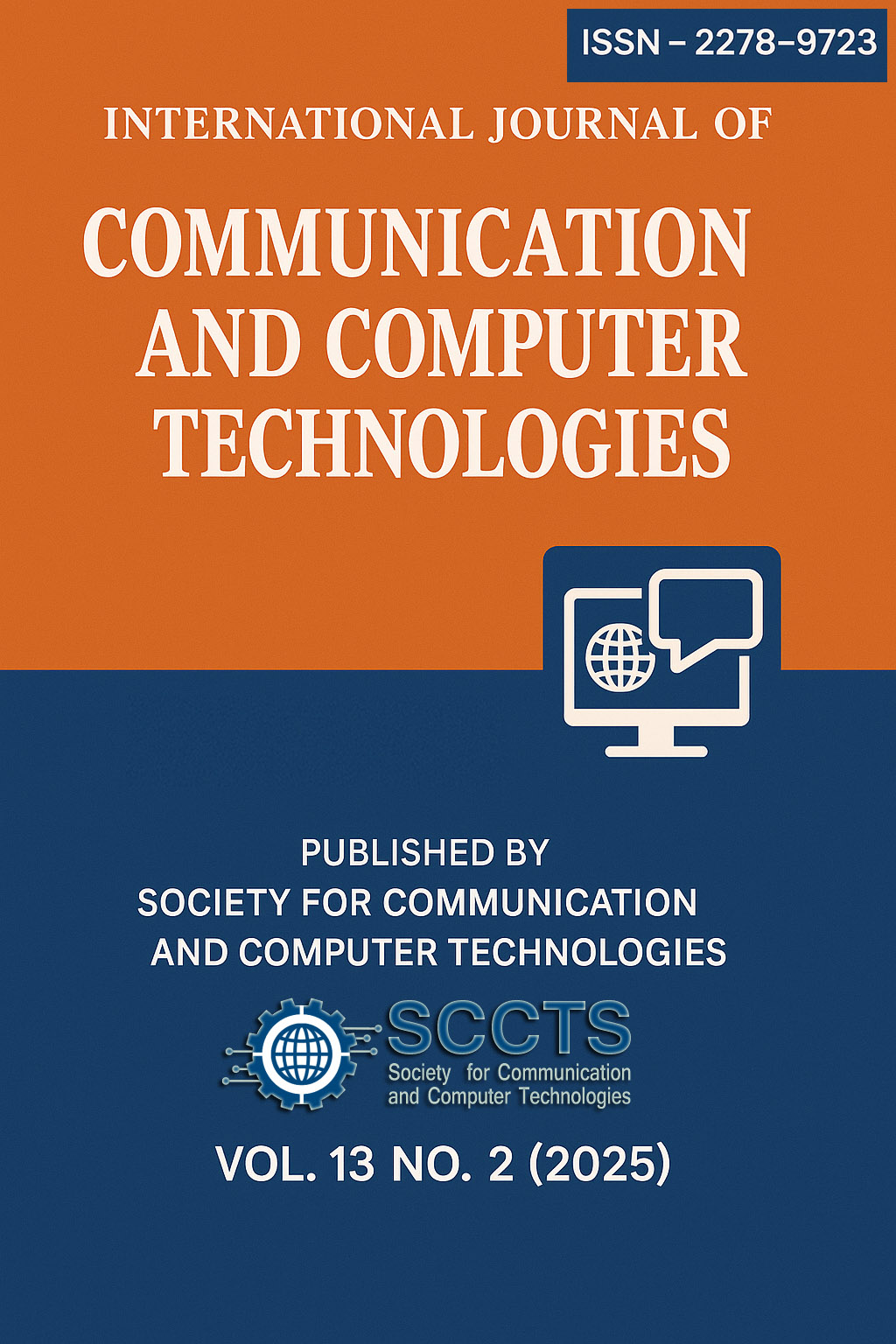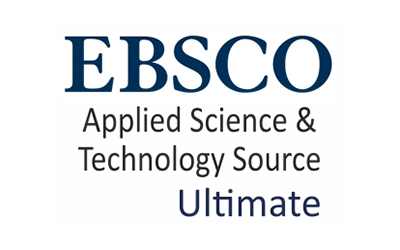An Improved Approach of DWT and ANC Algorithm for Removal of ECG Artifacts
Keywords:
Adaptive Noise Cancellation (ANC), Discrete Wavelet Transform (DWT), Least Mean Square (LMS), Normalized Least Mean Square (NLMS), Sign Sign LMS (SSLMS), Electrocardiogram (ECG)Abstract
The electrocardiogram is the recording of the electrical potential of heart beat. The analysis of ECG signal plays a vital role in the detection of cardiac abnormalities. The ECG signals are often contaminated by noise from diverse sources. Noises that commonly disturb the basic electrocardiogram are power line interference, baseline wander, electrode motion. These noises can be classified according to their frequency content. It is essential to remove these disturbances in ECG signal to improve accuracy and reliability. Different types of adaptive algorithms have been proposed to remove these noises. In adaptive filter technique the filter coefficients can be varied to track the dynamic variations of the signals. The algorithms are Least Mean Square (LMS), Normalized Least Mean Square (NLMS) and Sign-Sign Least Mean Square (SSLMS). The new model is arrived to remove various noises by combining Discrete Wavelet Transform (DWT) and Adaptive Noise Cancellation technique (ANC). The Wavelet is used to form approximate and detail coefficients. ECG signal is obtained from MIT-BIH arrhythmia database. Denoising of ECG is performed by combining DWT and ANC technique.
Downloads
Published
How to Cite
Issue
Section
License
Copyright (c) 2023 International Journal of communication and computer Technologies

This work is licensed under a Creative Commons Attribution-NonCommercial-ShareAlike 4.0 International License.




 The articles in Worldwide Medicine are open access articles licensed under the terms of the
The articles in Worldwide Medicine are open access articles licensed under the terms of the 